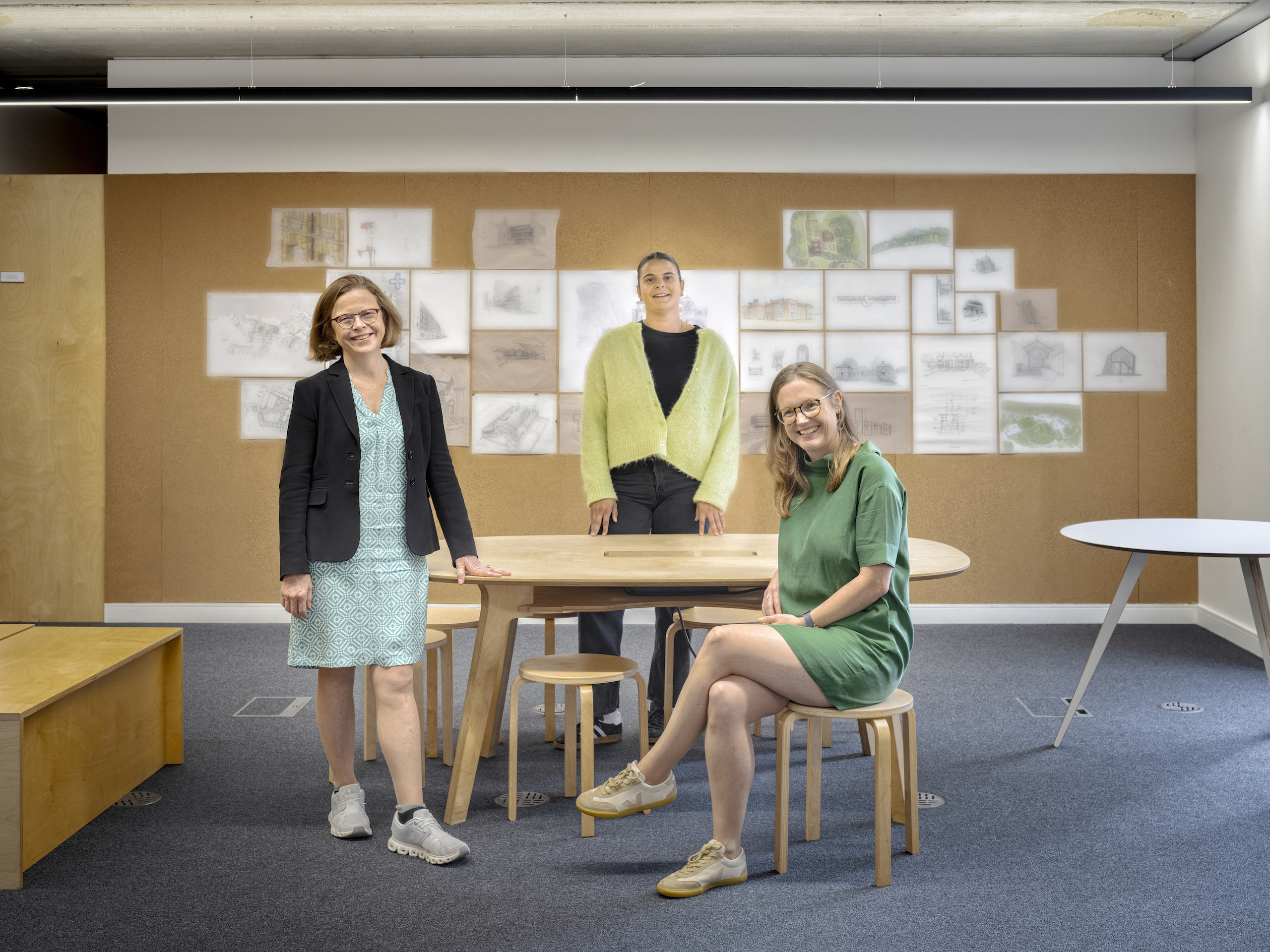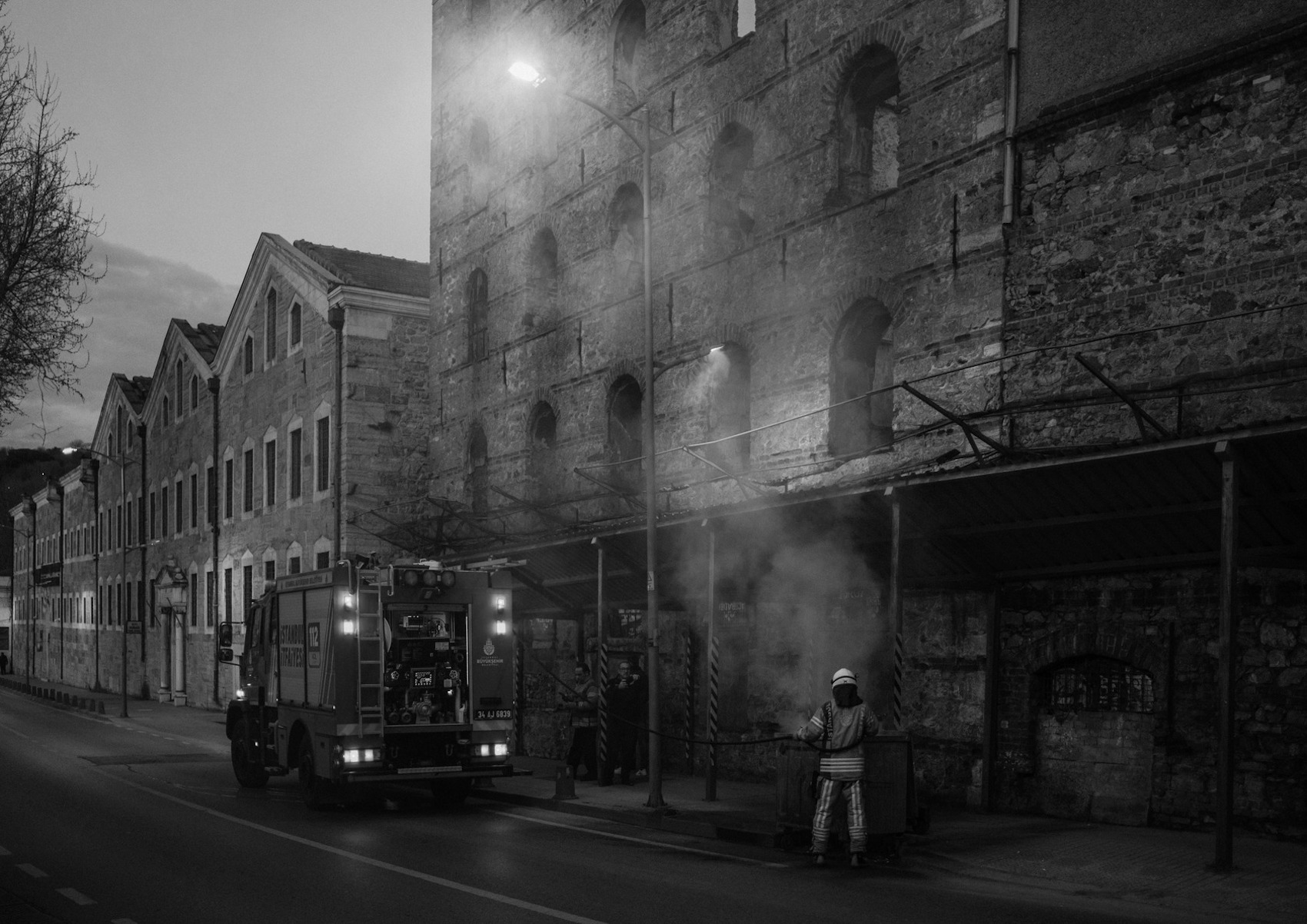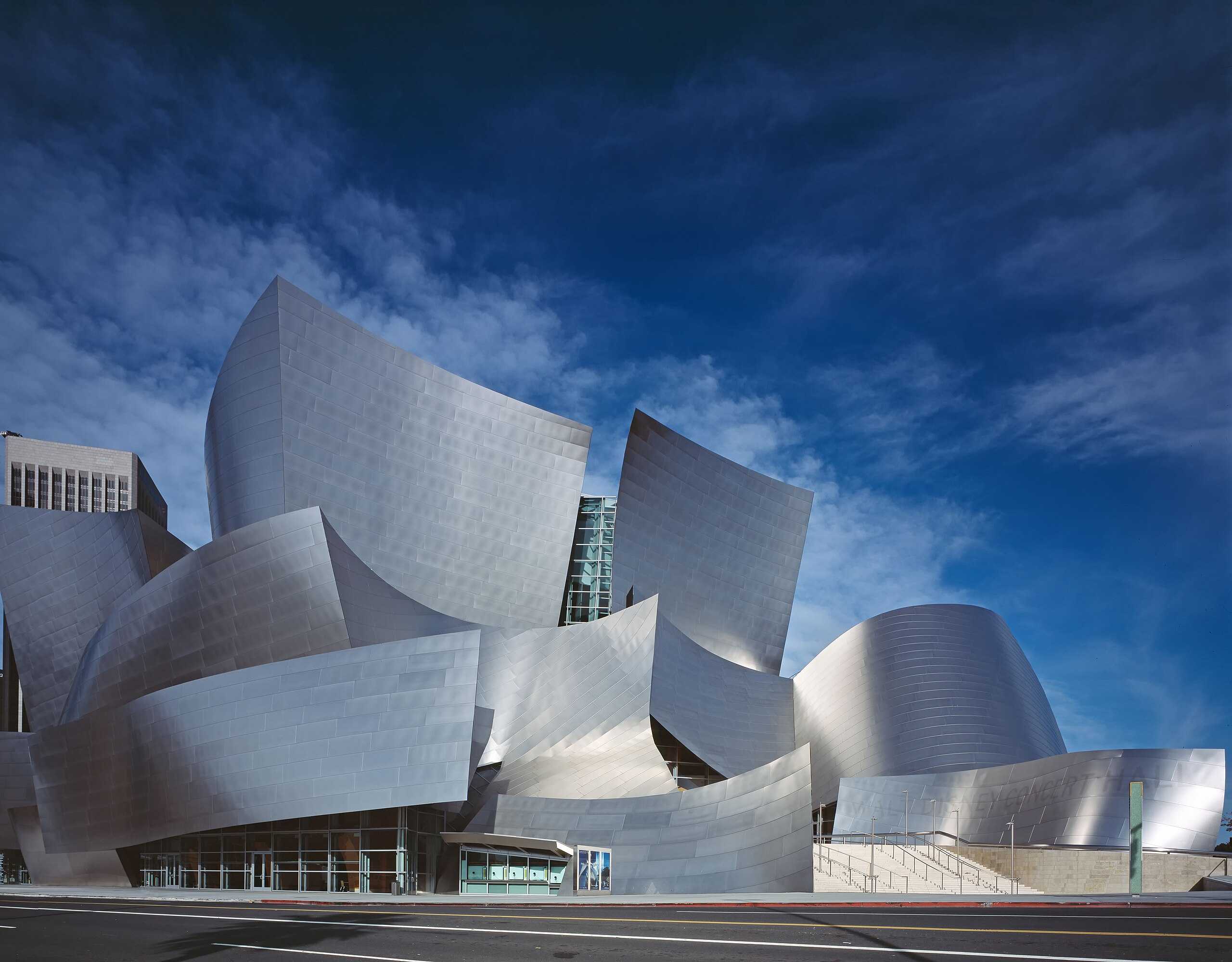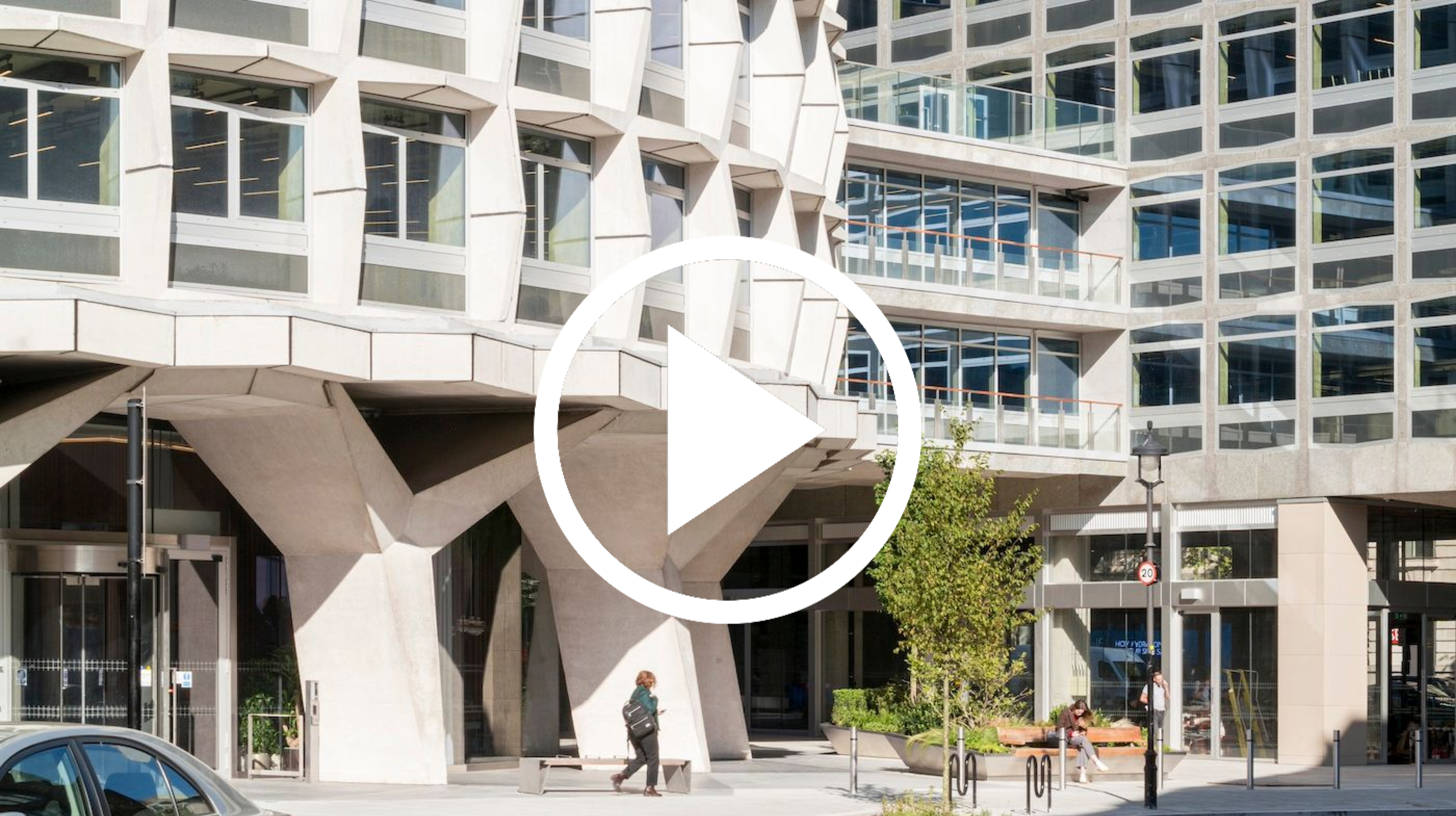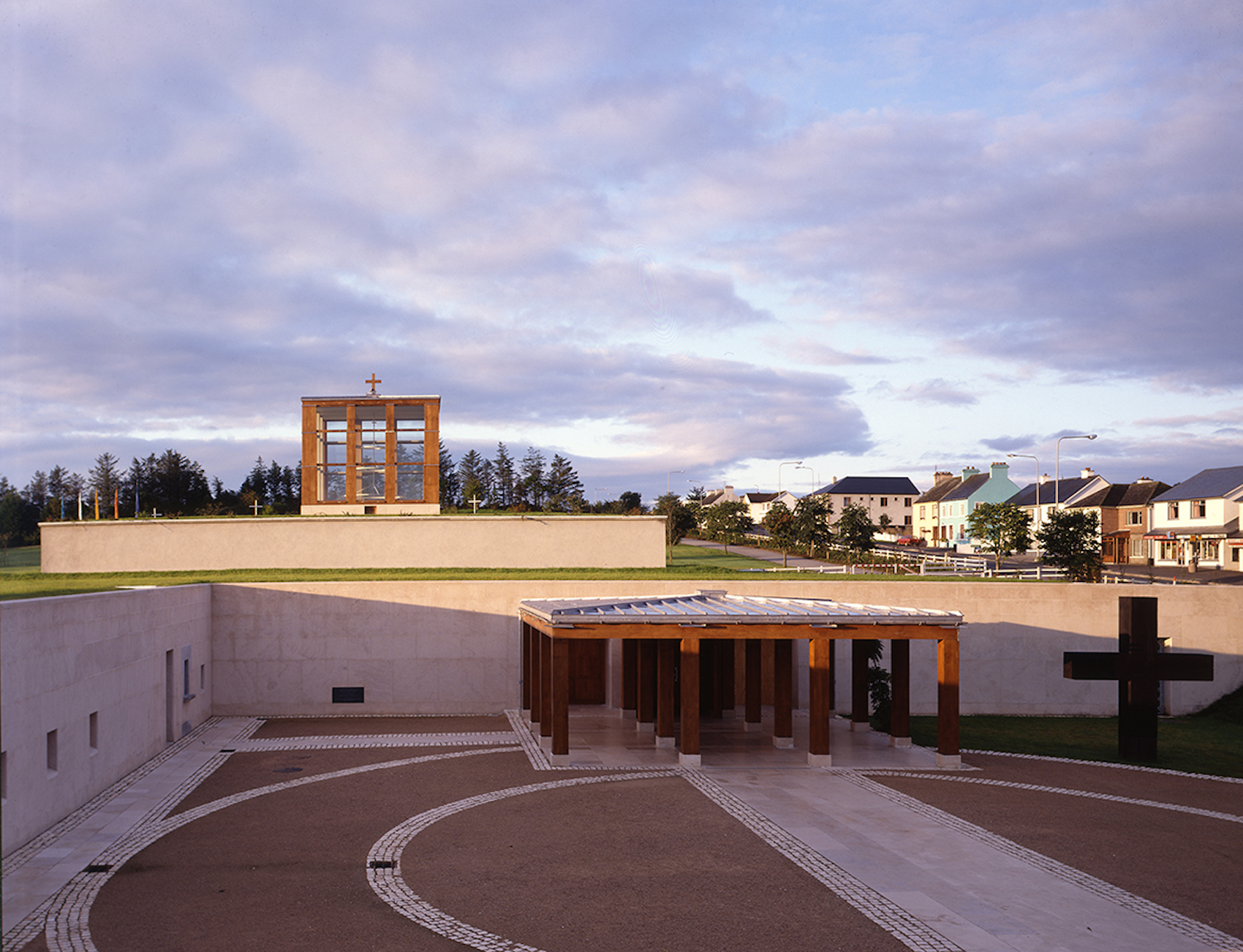
At the moment I have two homes; one in Birmingham where I have lived for three years, and one recently leased for me in central London by the RIBA. Most people, given the opportunity to choose between the two would probably opt for London as their kind of city; I however chose Birmingham, not to detract from our great capital, but out of a sense of belonging. It could be inherited, (my mother is a Brummie) but whatever the reason it has very rapidly become my home, and like all good friends I love it for its flaws as much as its great qualities.
It is the vigour of the city that excites me. If you arrived blindfolded at New Street Station, you could not mistake where you are; the sound of the city is one of many youthful voices and many cultures. As one of the most diverse cities in Britain, and with the youngest demographic, it is noisy and lively.
The defining sound of the city is the squealing wheels of trains that tunnel under the very heart of the shopping centre, which together with the ozone scent of the electric cables are evidence of one of the transport hubs that define Birmingham’s existence. If you removed your blindfold you would realise that the heart of the city is past its best; the re-building of New Street Station is overdue and Foreign Office Architects’ proposal to bring daylight to the centre of the concourse and a building of strong architectural identity to the city’s core is necessary to reinforce Birmingham as a twenty-first century transport hub.
The canals that first made Birmingham the centre of a national network in the eighteenth century are now retired to genteel leisure use at Gas Street Basin, with remnants of the industrial past surviving in their red brick structures, satisfyingly utilitarian but with sculptural qualities to the arches and fairings of the tunnels. They stretch out from the centre into post-industrial landscapes, arteries of potential amid the profiled metal sheet-clad sheds.
In the twentieth century, Birmingham was ‘Motor City’ or the English Detroit, with its seamless web of underpasses and flyovers providing a non-stop route for your Austin Allegro from Spaghetti Junction to the centre of the city and beyond to the production lines. The concrete collar of dual carriageways that nearly choked the life out of the central 80 hectares may have been broken at Masshouse, but it is still the route that gives the most coherent view of the structure of the city. Without a significant river to define it Birmingham could lack legibility. However, it sits on a dome and to date its tall buildings policy has reinforced this topography giving the sense of arrival from the M6 that is normally associated with the American cities it aspired to emulate.
The city is on a constant cycle of renewal, but manages to retain much of the best of its past. On a walk from Brindleyplace, the first of the large-scale privately funded urban regeneration schemes, to the Bullring with Selfridges – a building so distinctive that it now defines the city – you pass through a series of public spaces and streets that tell the story of the last two centuries. In Centenary Square, the ICC and Symphony Hall are the confident statements of a resurgent late twentieth-century civic pride. The square will also be the home to the new Mecanoo-designed library, replacing the John Madin structure that lies between the square and the city centre. It used to fascinate me as a child that you could walk through a building as you do the existing library; it is a pity that its sculptural quality is lost in the clutter of concessions, because it is an important building of its time.
The nineteenth-century vision of a great city of commerce has a sturdy legacy in Victoria Square and the surrounding streets, from the massive neoclassical Town Hall to the gothic of the Chamberlain era. Corporation Street, carved through the medieval street pattern, is the main element of his legacy and established a civic dimension to the townscape that matched the economic importance of the city. The main streets retain this character, but behind the scenes the random nature of building heights, materials and styles can appear disjointed.
Birmingham needs a supporting cast of good everyday buildings to complement the landmarks that define its image. The Big City Plan, led by Urban Initiatives, is an opportunity to address this, and one that I hope will not be missed.
Ruth Reed is founder of Reed Architects, part III course director at the Birmingham School of Architecture, partner of Green Planning Solutions and president of the RIBA.
AT202/October 09 p88


